|
|
|
|
|
|
Virtual Tour of the Museum Click Here For an Audio Tour of the Schoolhouse MuseumArtifacts and Historical Items You Will Find | | | | | | | 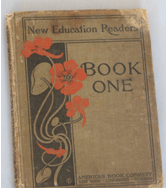
First Grade Reader, 1900 | | Students started school and learned to read in the first grade. There was no pre-school. The Pre-primer was used as an introduction to reading. Students were taught the alphabets, how words were formed from the alphabets, and letter and word sounds. | | Back to top |
|
| 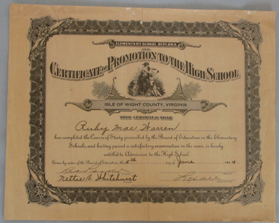
Certificate of Promotion to High School, 1944 | | Students received certificates of promotion when they passed from one grade to the next. Students graduated after completing the seventh grade. Graduation ceremonies were held and various speakers would be invited to speak to the graduation class. Certificates of Promotion were signed by the teacher, the chairman of the school board, and the superintendent. | | Back to top |
| | 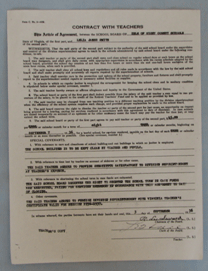
Teacher's Contract, 1936 | | Teachers were paid $45 per month. They were responsible for opening and closing the school on regular school days, keeping the school and all out-buildings clean if there was no janitor, and providing substitute teachers at the teacher's own expense. | | Back to top |
|
| 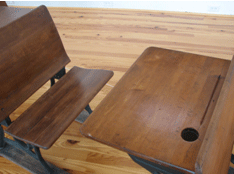
Student Desk with Ink Well | | Students sat on benches or chairs with connecting desks. Some desks had ink wells. A bottle of ink would be placed in the ink well and students would refill their fountain pens with ink from the ink bottle. | | Back to top |
| 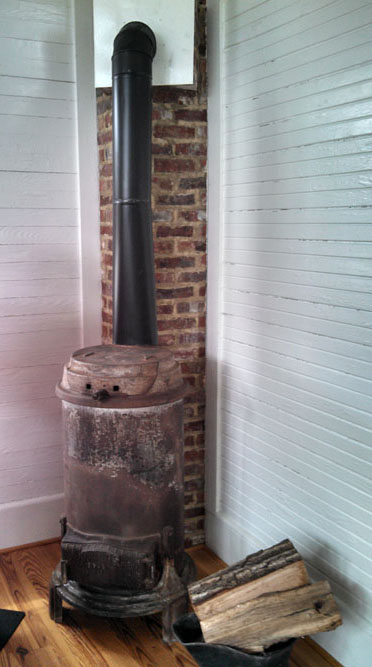
Wood-Burning Stove | | The County furnished coal for the stoves. Parents would often bring in kindling wood to start the fire. Sometimes the seventh grade boys would go in the woods to get kindling wood for the next morning. The PTA, teachers, and students were responsible for keeping the school warm during the winter months. | | Back to top |
| 
Ball Made with Fabric and Stick Bat | | Rag balls were used to play ball during the early part of the twentieth century. They were made by filling a sock with rags, corn cobs or scraps of material to form a ball, then securing it with either string, strips of fabric, or by stitching. Cut broom handles or sticks were used as bats. There were times when students played with tennis ball, if one was available. | | Back to top |
| 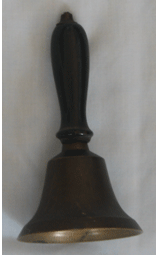
School Bell | | The school bell was rung to indicate the beginning of the school day and to call students in from lunch. | | Back to top |
| 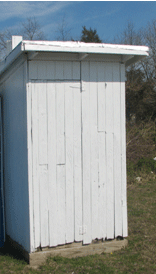
Outhouse | | Each school in the county had two outhouses--one for boys and one for girls. There was no running water, but there was a pump in each school yard. Teachers and students were responsible for getting their own water, and children had to bring their own drinking containers. | | Back to top | | | |
|
|
|
|
|
|
|
|
 |
Copyright 2016. The Schoolhouse Museum. Website developed by
WSI Login |
 |
|
|
|